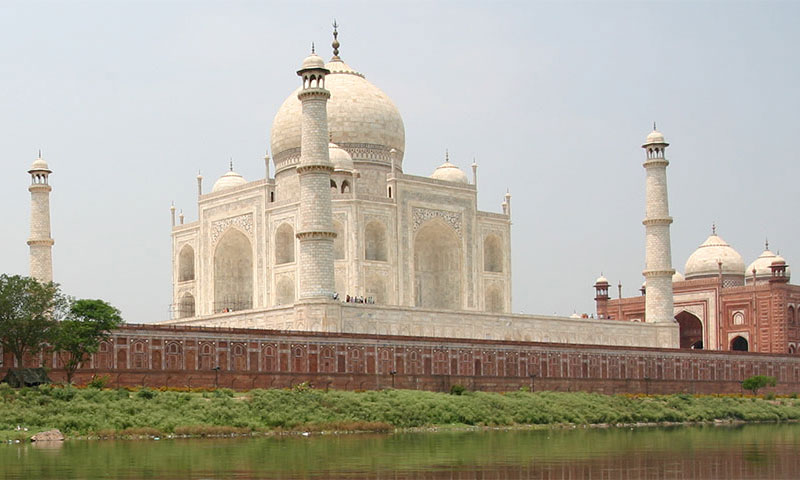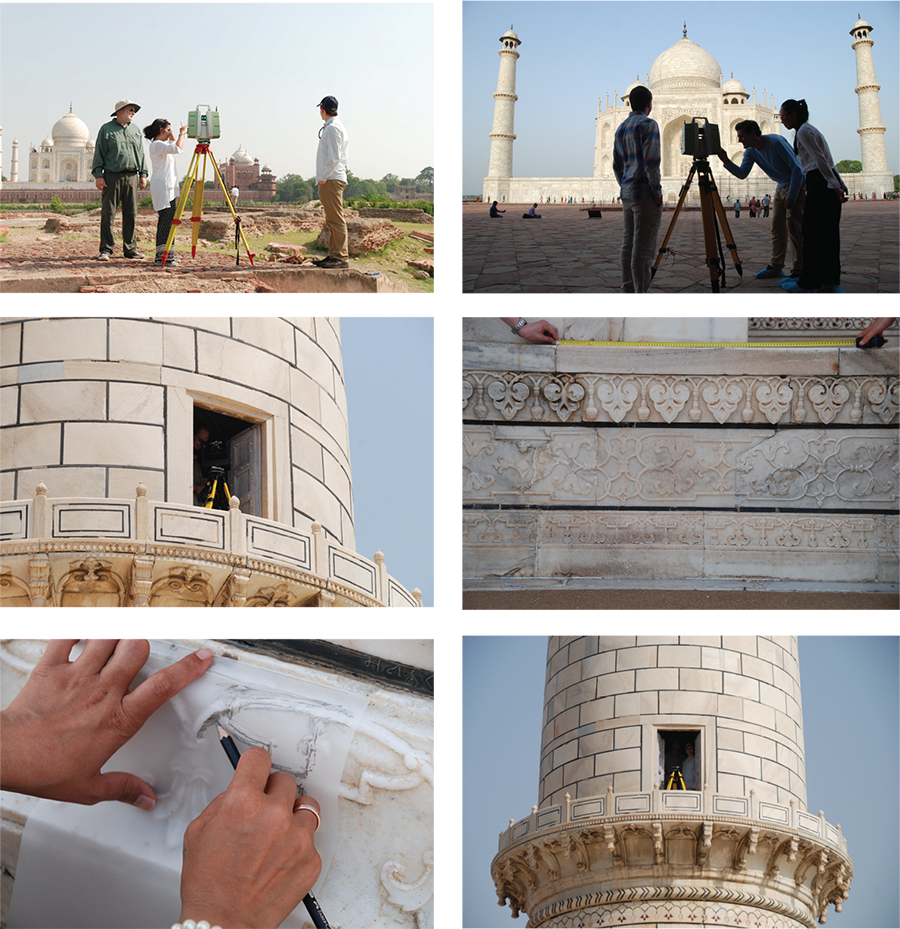|
Long-term planning of monument preservation |
||||
|
India for centuries now has been regarded as the land of the exotic and unknown. The Government of India together with the Ministry of Tourism is making large strides towards bring progress and modernization to make these tourists sites known and reachable. As tourism becomes one of the largest income generators for world heritage sites it is largely helping in generating funds for the maintenance and supporting local community around such sites. This leads to the question of balance between progress and preservation. A careful assessment of how such tourists move through world heritage sites with the minimum of intervention or disturbance to the monument is the key to holding this balance. |
||||
|
Advocating a balanced growth between progress and preservation |
||||
|
The urban entrance to Taj was once connected to Taj Ganj, the traditional bazaar area just outside Taj (Koch 2003). Based on the cross axis used in the planning of Mughal gardens (charbagh) and tomb plans, the Taj Ganj area was composed in the traditional Shah Jahani architecture, with small niches in the complex compound that surrounded all four quadrants of the bazaar. During Dr. Krusche's survey in summer 2008, a large part of the original walls of the compound to be still existing, but thickly embedded in the residential fabric of the neighborhood. Both the cross axial streets leading to Taj were once much more wider than they are today. They have been encroached and filled in to form shops in front and residences behind. Some have even managed to create courtyards in center of individual houses with terraces above. |
||||
|
The team studying building performance (left) and existing original gate in Taj Ganj (right) (credit: DHARMA) |
||||
|
Promoting step-by-step actions |
||||
|
This universally admired masterpiece was put on the world heritage in danger list by UNESCO after receiving reports of problems associated to weathering of marble due to pollution from nearby industry. Marble due to its lime composition and sedimentary state is easily corroded due to acidic impact from pollutants like sodium chloride, sodium hydroxide, nitric acid and sulphuric acid that are part of rain water in highly polluted environments.
|
||||
|
DHARMA team on site at Taj Mahal (credit: DHARMA, 2016) |
||||




